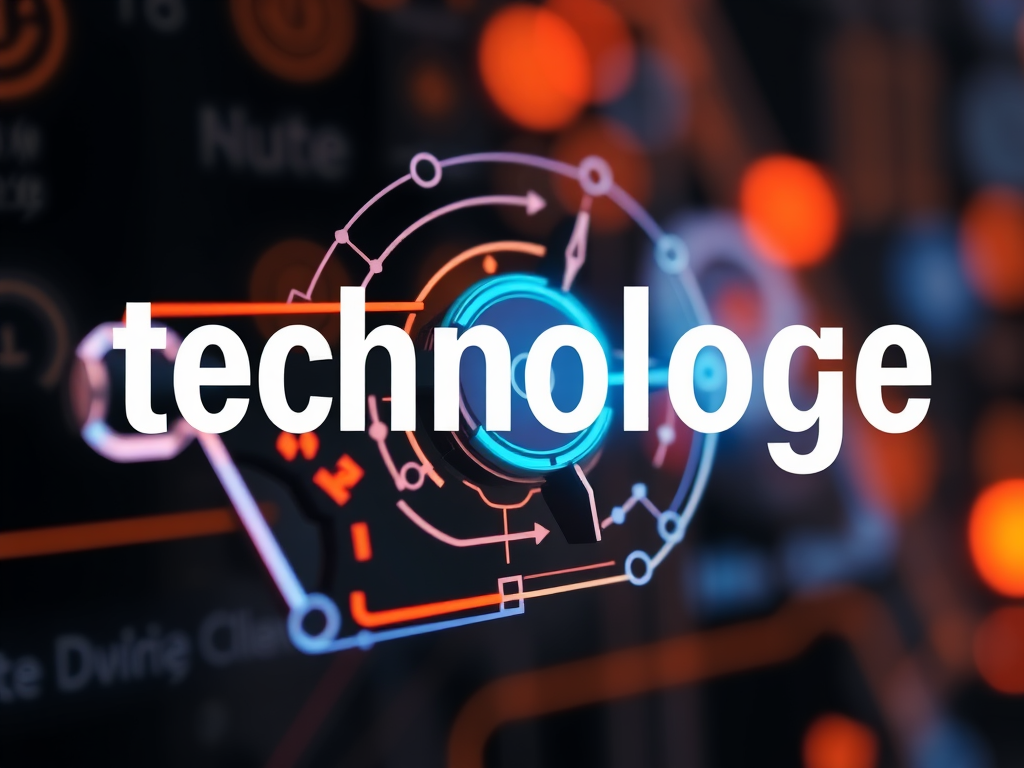AI transforms document analysis by automating information extraction and summarization, boosting speed and accuracy. Technologies like OCR and NLP help professionals quickly access key data, enhancing workflows in research, legal, and project management fields. This powerful combination reduces manual effort and supports smarter decision-making, unlocking new levels of efficiency for handling complex documents.
AI Document Analysis: Foundation, Benefits, and Essential Technologies
When professionals seek faster and more reliable ways to handle complex documents, ai document analysis becomes invaluable offering precision and adaptability that manual methods simply cannot achieve. The foundation of this technology combines machine learning, optical character recognition (OCR), and natural language processing (NLP) to read, organize, and interpret unstructured files at scale. Using OCR, even scanned documents are digitized for further processing. NLP then extracts meaning, recognizes entities, and understands context, while machine learning continually improves accuracy by learning from previous tasks.
Also read : Unlocking the future: how ai is transforming data analytics in the uk
The benefits are profound:
- Dramatically reduces manual effort by automating sorting, summarizing, and data extraction.
- Enhances workflow speed so that crucial information is found and used in minutes, not hours.
- Ensures higher accuracy and reliability, especially in fields where details matter most—legal, research, or compliance.
- Offers flexibility and scalability, as AI-driven systems adapt to new document types and growing data volumes.
Supporting collaboration and security, these technologies integrate with cloud drives, enforce strict privacy, and streamline sharing, ensuring sensitive documents remain protected while teams work more efficiently.
Have you seen this : Revolutionizing uk traditional industries: the impact of cutting-edge computing technologies
Transforming Document Workflows: Applications and Use Cases Across Industries
AI-driven content analysis and automated data extraction rapidly replace manual methods, favoring precision and speed. When using the SQuAD method: precision represents the ratio of correctly extracted tokens to all extracted, and recall shows the ratio of correctly extracted tokens to all actual relevant tokens. AI-powered text recognition dramatically enhances OCR (optical character recognition) accuracy, facilitating intelligent document automation and smarter document indexing.
Automation of Data Extraction and Document Classification
Machine learning document processing enables automatic identification, labeling, and sorting of large, unstructured data sets. Document classification technology, paired with natural language processing in documents, structures vast archives in real-time, supporting fast legal document review automation and automated report generation. The ability to extract insights from documents and employ smart document indexing streamlines contract analysis tools, supporting legal, compliance, and project management decisions.
Legal, Compliance, Research, and Project Management Use Cases
Legal document review automation uses contract analysis tools and AI in financial document analysis to ensure compliance and mitigate risk. Intelligent document automation tools enable faster project collaboration, lessening manual labor and errors. Teams leverage document classification technology and AI-driven content analysis for extracting insights from documents that drive research synthesis and enterprise knowledge sharing.
Industry Examples: Finance, Healthcare, Academia, Enterprise Operations
In finance, AI in financial document analysis and invoice data capture AI accelerate audits and regulatory tasks. Healthcare benefits from document classification technology and automated data extraction for secure record management. Academia utilizes intelligent document automation and contract analysis tools to accelerate research review, while enterprise operations enjoy AI-powered text recognition and smart document indexing for large-scale document control.
Leading AI Document Analysis Tools and Platforms
AI-driven content analysis and cloud-based document AI services are transforming document management. Sharly AI stands out for its ability to process a range of file formats, performing AI document scanning solutions like high-accuracy OCR. This platform allows users to interact with scanned documents by asking questions and swiftly retrieving summaries and citations, boosting research and compliance work. Its automated document classification and trusted encryption frameworks safeguard sensitive data, making it one of the best AI software for document insight in regulated sectors.
Petal approaches AI-enhanced document workflows with a focus on centralized collaboration and metadata extraction. Through a secure cloud drive, Petal turns files into dynamic knowledge assets, extracting key data and supporting AI tools for extracting metadata. Automated tagging, deduplication, and commenting capabilities simplify teamwork, particularly for academic research and project management.
docAnalyzer.ai excels in multi-format support, offering intelligent chat and workflow automation for numerous document types. Its robust OCR and seamless AI document workflow integration empower users to analyze extensive archives rapidly. With embeddable AI chatbots, docAnalyzer.ai ensures that AI-powered document insights are accessible to all stakeholders while upholding privacy and data ownership.
Kairntech leverages open source document analysis frameworks and GenAI-powered assistants for flexible enterprise deployment, advancing automated document classification and real-time integration with secure, transparent workflows.
Security, Customization, and Future Outlook for AI in Document Management
Data privacy and encryption standards in AI document tools
Data privacy in AI document processing is paramount, especially when handling confidential business or legal documentation. Robust encryption standards such as AES-256 and TLS 1.3 are foundational, ensuring that information remains protected during transmission and storage. Organizations enforcing privacy compliant document AI can rely on workspace segmentation and access controls; this reduces exposure risk and maintains compliance with privacy regulations. Additionally, platforms stress that user content is never shared externally, and conversation data is not reused for retraining models, further elevating trust.
Customization options and adaptive learning potential
Many solutions provide document validation with AI features, strengthening the integrity of automated data extraction and verification processes. Customizable workflows and unique AI personalities enable tailored document interaction, while adaptive learning for document AI models allows continuous improvement by analyzing user corrections and preferences within privacy constraints. AI-powered document insights not only enhance productivity but also foster deeper relevance for teams across legal, research, and business domains.
Emerging trends: explainable AI, collaboration, and system integration
Looking to the future, AI-driven document security features are expected to advance, supporting explainable AI for transparent decision-making. Platforms now emphasize easy workflow integrations and collaboration, with real-time document analysis AI, communication logs, and audit features. The evolution toward integrated, privacy compliant document AI projects a landscape where AI-powered document insights will transform enterprise systems, promoting safer, smarter, and more efficient document management.





